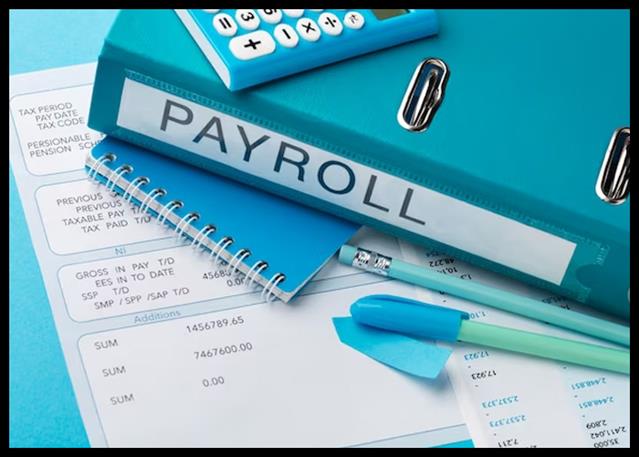South Korea’s gross domestic product expanded a seasonally adjusted 0.6 percent on quarter in the fourth quarter of 2023, the Bank of Korea said on Tuesday.
That was in line with expectations and unchanged from the previous quarter.
Real gross national income increased 0.1 percent on quarter, easing from 1.6 percent in Q3.
On the production side, manufacturing grew by 1.2 percent, mainly due to an increase in computer, electronic and optical products. Construction shrank by 3.8 percent, owing to a decrease in building construction.
Services expanded by 0.8 percent, led by transportation and storage and by human health and social work, while finance and insurance services decreased.
On the expenditure side, private consumption increased by 0.2 percent, as final consumption expenditure of resident households abroad increased, though expenditures on goods decreased.
Government consumption rose by 0.5 percent, with increased expenditures on goods. Construction investment decreased by 4.5 percent, as building construction decreased. Facilities investment was up by 3.3 percent, with increased investment in transportation equipment.
Exports expanded by 3.5 percent, as exports of semiconductors increased. Imports increased by 1.4 percent, owing to increased imports of petroleum products.
On an annualized basis, GDP was up 2.2 percent – again matching forecasts and accelerating from 1.4 percent in the three months prior.
Nominal GNI increased by 1.5 percent in the fourth quarter of 2023 compared to the quarter before, falling short of the growth rate of nominal GDP (1.6 percent), as net factor income from the rest of the world decreased.
Real GNI increased by 0.1 percent compared to the previous quarter, below the growth rate of real GDP (0.6 percent), as real trading losses increased and as the real net factor income from the rest of the world decreased. The GDP deflator rose by 3.5 percent year-on-year.
For all of 2023, GDP was up 1.4 percent – moderating from 2.6 percent in 2022.
On the expenditure side, construction and facilities investment turned positive, while the growth of private consumption, government consumption, exports, and imports slowed.
On the production side, while the growth of manufacturing and services slowed, the growth of construction expanded.
Real GNI increased by 1.8 percent, as real net factor income from the rest of the world increased.















